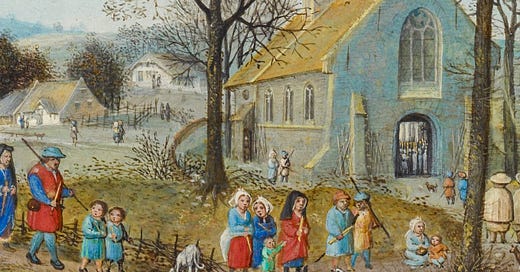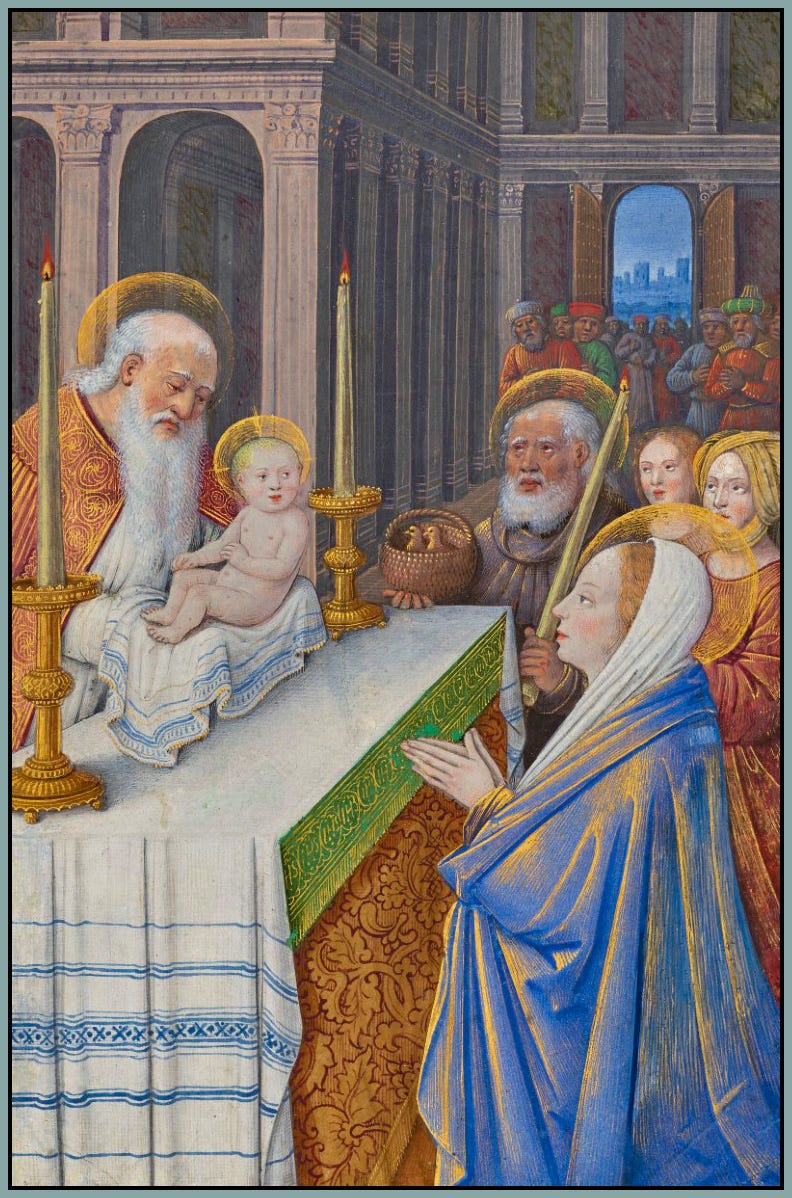For two weeks now we’ve been working toward a new vision of reality based on the medieval understanding of human life as a diversely, beautifully, superabundantly symbolic journey. I will bring this discussion to a close with Tuesday’s post, which will explain the fundamental and, in my view, most life-changing insight that medieval symbolism offers us. It will also more fully answer the question of why, as I proposed in the first article of this series, there can be no feast without symbol.
Today, I would like to share with you one final “case study” in medieval symbolism. I’ve been emphasizing symbolic experiences that more directly inform and enrich daily life for all classes of people—in other words, symbols that are woven into the very fabric of material Creation rather than those crafted by poets or painters. We’ve already explored the symbolism of numbers, the four classical elements, and flowers, all of which contributed to the grand symbolic world of the places that we’ll study today. These places appeared as a liminal realm uniting material Creation to human craftsmanship, and they were, without doubt and to an extent that we modern folks can scarcely imagine, central to daily life for all classes of medieval people. In English we call them churches, and in the Latin of the Middle Ages, they were understood as a templum: that is, as a building which—itself adorned and resplendent with symbols—was the supreme fulfillment of the symbolic Temple that God Himself had built into the history of Israel.
Keep reading with a 7-day free trial
Subscribe to Via Mediaevalis to keep reading this post and get 7 days of free access to the full post archives.





